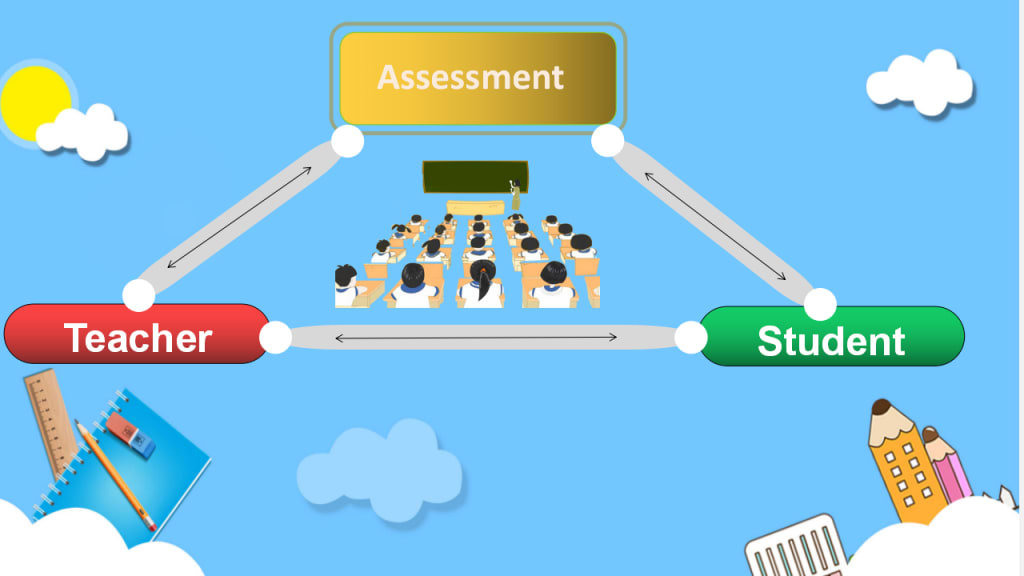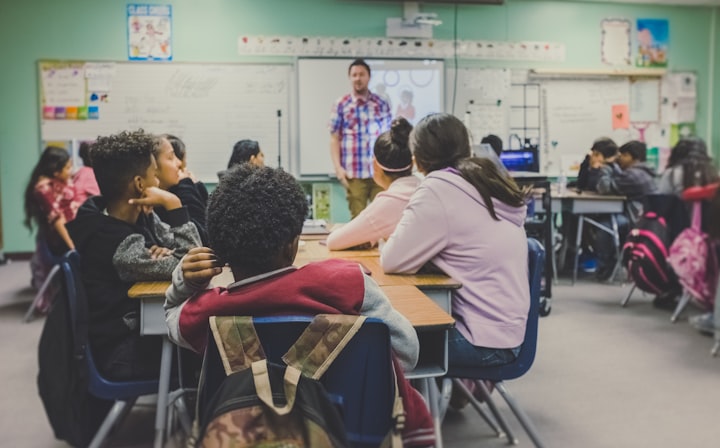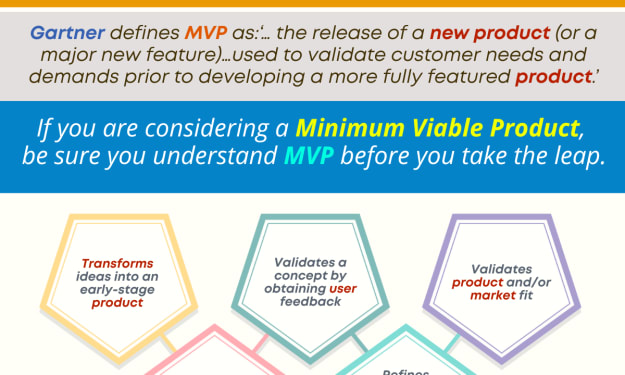Misconception: Assessment is one-way process
Misconception: Assessment is one-way process, and only teachers are involved in the assessment.

Assessment is a process that helps converge attention towards what is essential most in education, beyond just access and support: the actual learning outcomes of each learner (National Center for Learning Disabilities, 2017; Organization for Economic Cooperation and Development, 2010, 2013, 2016). Collecting information on where students stand in their learning and the advancement that they have made is vital to structuring procedures for the further improvement of teaching and learning (Evidence for Policy and Practice Information, 2002). Assessment, demarcated as a “systematic process for gathering data about student achievement,” is an essential component of teaching (Dhindsa, Omar, & Waldrip, 2007, p.1361). Imparting such data to partners over the training framework is fundamental to address data issues and bolster dynamics at the classroom, school, and education system level (Organization for Economic Cooperation and Development, 2010, 2013, 2016). Gathering student evaluation data is fundamental to improve teaching and learning strategies and address data issues at the degree of students, parents, teachers, school leaders, policymakers, and the general public.
Students should be clear about what they are aiming to learn and which indicators and criteria are fitting to assess advance and educate future learning (Government of Western Australia, 2018; Houck, 2016).

Teachers need assessment information that is solid and reliable across schools to comprehend student qualities and shortcomings about anticipated norms, to target future teaching, and to improve classroom instruction.

Students as partners in Assessment is a way to enhance learning.
It is exceptionally fundamental to include students in the assessment as this will expand their consciousness of the learning outcomes that are required just as might lessen their missteps when they evaluate their classmates.
By involving the students in the assessment process, this will democratize the learning process, increment student commitment, mindfulness about the teaching process, and preferably increment the degree of such "constructive alignment" (Biggs, 1996; Biggs & Tang, 2007; Cain & Woodward, 2012; Pretorius, Bailey, & Miles, 2013; Treleaven & Voola, 2008; Vanfretti & Milano, 2011; Walsh, 2007; Wang, Su, Cheung, Wong, & Kwong, 2013).
Giving students a voice in fine-tuning educational program content and the favored way to deal with gain proficiency with every subject and how this can be assessed is one method for doing that. You can involve students in discussing the intended outcome (i. e. best methods to asses learning and creating rubrics (Norton, 2004)). When including students, present a rubric or other arrangement of target criteria. Otherwise, many of the responses will be subjective, and too often not the information you are seeking. Earl (2003) identified a subset of formative assessment - assessment as learning where students join forces with their teachers to be dynamic members in understanding and guiding their learning procedures to maximize their learning.

Assessment is a demonstration of making an evaluation or judgment. Evaluation is not a one-way method as it required both teachers and learners. Any activity which examines how well a student is learning is necessary that students are certainly learning. Information from these assessment activities is utilized to adapt to teaching and learning approaches, which prompts enhancements in learner outcomes.
Teachers can learn more about their learners’ progress when their learners take a more active role in assessing their performance. For instance, through self-assessment, learners can identify what they need help with and then discuss this with their teacher (Crisp, 2007; Sambell, McDowell, & Sambell, 2006).
Goodrum, Hackling, and Rennie, (2001) stated that, ideally, assessment "upgrades learning, gives input about student progress, fabricates self-assurance and confidence, and develops skills in evaluation. Accordingly, because of its nearby connection with instruction and learning outcomes, assessment has a fundamental role in learning.

Most formative and interim assessments provide data that arms teachers with what they need to open a dialogue with students. Teachers have the knack to create individualized learning plans with students that support their distinctive learning needs. Working together with students, teachers can turn assessments into powerful tools for understanding student growth. To best support their students' learning, teachers are continuously engaged in ongoing assessments of the learning and teaching in their classrooms.

Like what you read?
Send me a gift to help contribute to my future endeavor.
Please don't forget as well to like my story.
Thank you.
References
Biggs, J. B. (1996). Enhancing Teaching through Constructive Alignment. Higher Education, 32(3), 347-364.
Biggs, J., & Tang, C. (2007). Teaching for quality learning at university: What the student does (3rd ed.). Maidenhead, Berkshire: Open University Press.
Cain, A., & Woodward, C. J. (2012, August). Toward constructive alignment with portfolio assessment for introductory programming. In Proceedings of IEEE International Conference on Teaching, Assessment, and Learning for Engineering (TALE) 2012 (pp. H1B-11). IEEE.
Crisp, G. (2007). The e-assessment handbook. London: Continuum.
Dhindsa, H., Omar, K., & Waldrip, B. (2007, August 1). Upper Secondary Bruneian Science Students' Perceptions of Assessment. International Journal of Science Education, 29(10), 1281-1280.
Earl, L. M. (2003). Assessment As Learning: Using Classroom Assessment to Maximise Student Learning. Thousand Oaks: Corwin Press.
Evidence for Policy and Practice Information. (2002). A Systematic Review of the Impact of Summative Assessment and Tests on Students' Motivation for Learning, Review conducted by the Assessment and Learning Synthesis Group, EPPI, London.
Goodrum, D., Hackling, M., & Rennie, L. (2001). The status and quality of teaching and learning of science in Australian schools. Canberra: Department of Education, Training and Youth Affairs.
Government of Western Australia. (2018, August 13). Principles of Teaching, Learning and Assessment. School Curriculum and Standards Authority. https://k10outline.scsa.wa.edu.au/home/principles/guiding-principles/teaching-learning-and-assessment-principles
Houck, B. (2016, December 8). What is a learning target and why is it important? Houck Educational Services. https://www.houcked.com/blog/learning-targets/
National Center for Learning Disabilities. (2017, January 24). Understanding Learning and Attention Issues. https://www.ncld.org/news/state-of-learning-disabilities/understanding-learning-and-attention-issues
Organization for Economic Cooperation and Development. (2010). Learning for Jobs, OECD Reviews of Vocational Education and Training, OECD Publishing, Paris.
Organization for Economic Cooperation and Development. (2013), “Student assessment: Putting the learner at the centre”, in Synergies for Better Learning: An International Perspective on Evaluation and Assessment, OECD Publishing, Paris.
Organization for Economic Cooperation and Development. (2015): Education at a Glance 2015: OECD Indicators, OECD Publishing, Paris.
Organization for Economic Cooperation and Development. (2016). PISA 2015 Results (Volume II): Policies and Practices for Successful Schools, OECD Publishing, Paris.
Pretorius, L., Bailey, C., & Miles, M. (2013). Constructive Alignment and the Research Skills Development Framework: Using Theory to Practically Align Graduate Attributes, Learning Experiences, and Assessment Tasks in Undergraduate Midwifery. International Journal of Teaching and Learning in Higher Education, 25(3), 378-387.
Sambell, K., McDowell, L., & Sambell, A. (2006). Supporting diverse students: Developing learner autonomy via assessment. In C. Bryan & K. Clegg (Eds.), Innovative assessment in higher education (pp. 158-168). London: Routledge.
Treleaven, L., & Voola, R. (2008). Integrating the development of graduate attributes through constructive alignment. Journal of marketing education, 30(2), 160-173.
Vanfretti, L., & Milano, F. (2011). Facilitating constructive alignment in power systems engineering education using free and open-source software. IEEE Transactions on Education, 55(3), 309-318.
Walsh, A. (2007). An exploration of Biggs’ constructive alignment in the context of work‐based learning. Assessment & Evaluation in Higher Education, 32(1), 79-87.
Wang, X., Su, Y., Cheung, S., Wong, E., & Kwong, T. (2013). An exploration of Biggs’ constructive alignment in course design and its impact on students’ learning approaches. Assessment & Evaluation in Higher Education, 38(4), 477-491.
About the Creator
Domingo Añasco-Gaces Samontina, Jr.
.Professional Member of the Mechatronics and Robotics Society of the Philippines
.Certified Documented Information Controller with TUV Rheinland Qualifications
.Master of Science in Engineering (on-going) with Professional Teacher Certificate






Comments
There are no comments for this story
Be the first to respond and start the conversation.